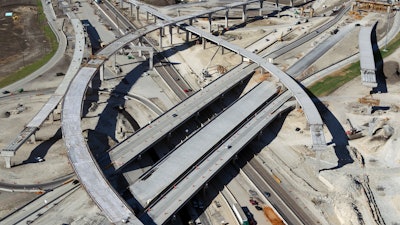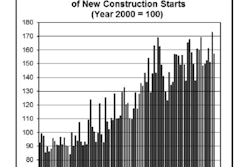
Developing nations aren’t the only ones with poor infrastructure. Across the U.S., examples of citizens, government officials and the press criticizing the condition of their roads and bridges, airports, schools or other infrastructure are easy to find. The White House is due to announce plans to stimulate $1 trillion of investment in essential infrastructure, but what form will this investment take, and what role should government play?
To inject some degree of clarity and objectivity into the debate, Forbes Insights, in association with Commonwealth Bank of Australia, conducted a survey as well as a series of one-on-one interviews and held a senior executive roundtable. The results are presented in a new report, “Filling the Gap: A Realistic Look at Today’s Challenges and Opportunities in U.S. Infrastructure.”
“The findings indicate a clear need to streamline permitting and regulatory approvals,” said Bruce Rogers, Chief Insights Officer at Forbes Media, “as well as for more collaboration between public and private sectors.”
Key Findings:
- Underinvesting and a possible crisis: 64% of global infrastructure executives and government officials believe the U.S. is underinvesting in its infrastructure, and 36% believe a crisis may emerge.
- Pain for the middle class—and the poor: 84% say inadequate infrastructure spending in the U.S. harms the middle and lower class disproportionately; 50% say the same for the poor.
- Sustainability matters: 63% say project sponsors (state, local or federal officials pursuing projects) are significantly increasing their requirements relating to issues of environmental, social and economic sustainability.
- Uncertainty remains around federal assistance: The current U.S. administration is proposing $1 trillion in “targeted federal investments,” but uncertainty remains, with 49% believing that such efforts will be unsuccessful in addressing the nation’s infrastructure shortfalls.
- Public is wary of infrastructure spending: 79% believe more must be done by governments to gain the trust of citizens, and 68% say government officials need to do a better job of “selling” infrastructure investments.
- Structural challenges remain: 40% of respondents describe the impact of current regulations as severely negative, and three out of four agree that much more needs to be done to streamline permitting and environmental review processes in infrastructure.
- Greater innovation is essential: 69% say the public sector needs to do significantly more to enable the sale or lease of infrastructure to the private sector, and 49% say officials need to reduce restrictions on the sale or lease of government assets. These actions could free up capital stored in government-owned assets and enable the use of public/private partnership structures or “P3.”



















